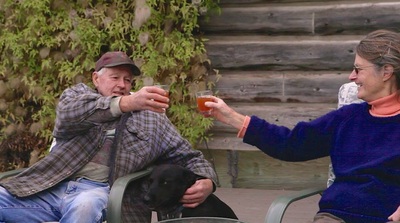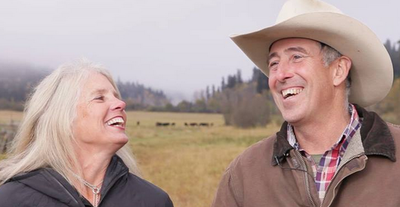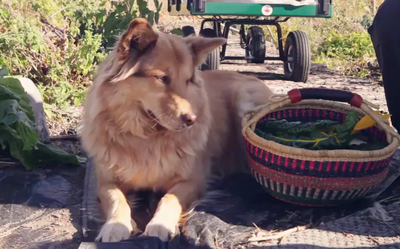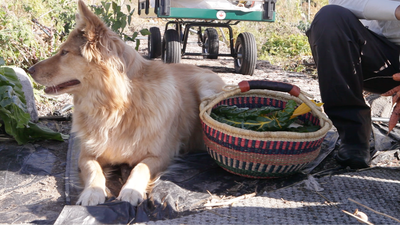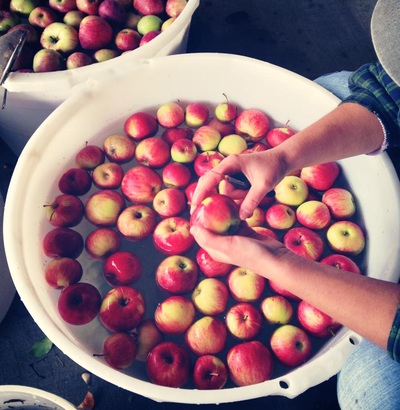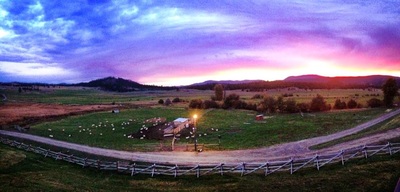We are all proud to call British Columbia our home and to be contributing to the BC Agriculture Economy.
|
“Funding for this project has been provided by Agriculture and Agri-Food Canada and the BC Ministry of Agriculture through the Canada-BC Agri-Innovation Program under Growing Forward 2, a federal-provincial-territorial initiative. The program is delivered by the Investment Agriculture Foundation of BC.” Agriculture and Agri-Food Canada (AAFC) and the BC Ministry of Agriculture are committed to working with industry partners. Opinions expressed here are those of the BC Association of Abattoirs and not necessarily those of AAFC, the Ministry of Agriculture or the Investment Agriculture Foundation.
|
Email GILLIAN AT [email protected]
|

